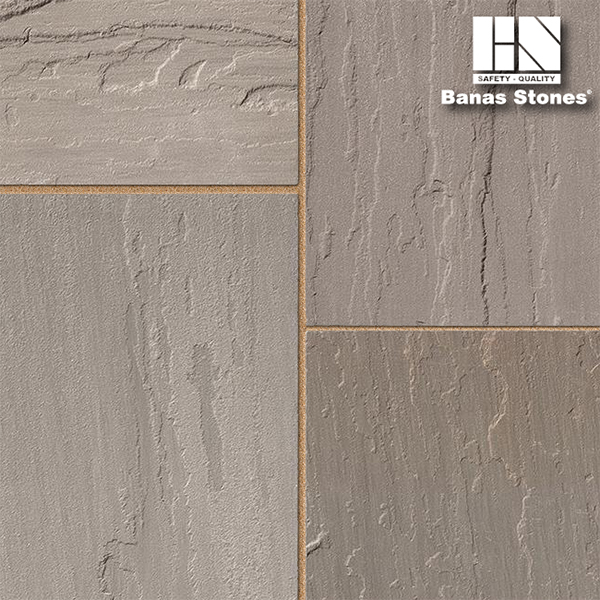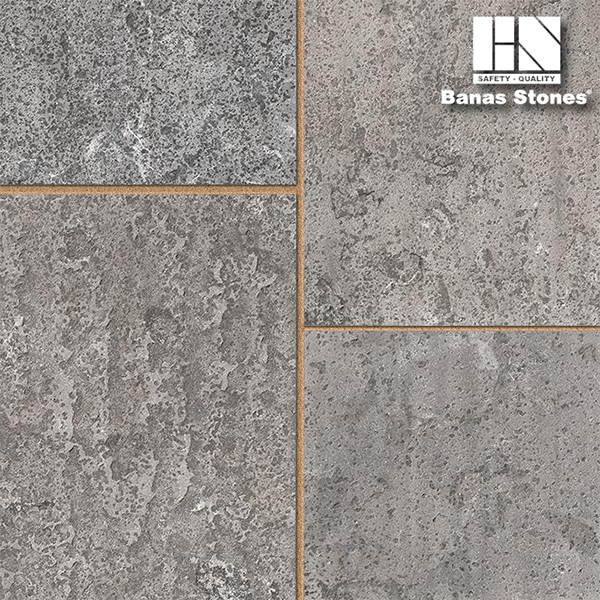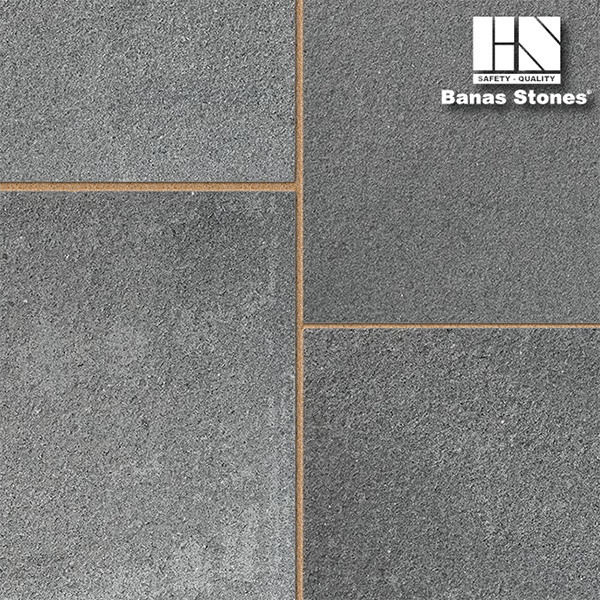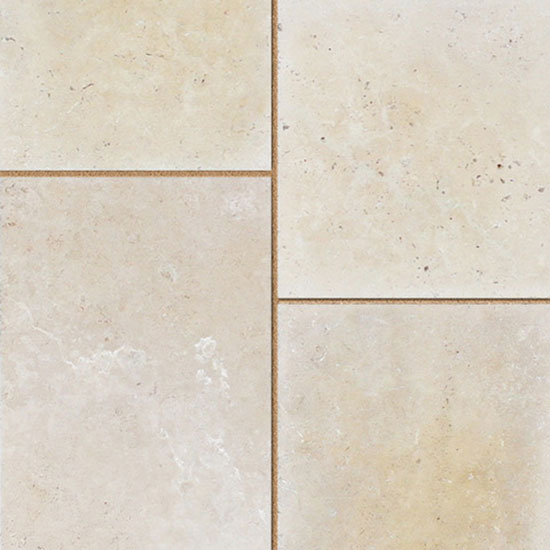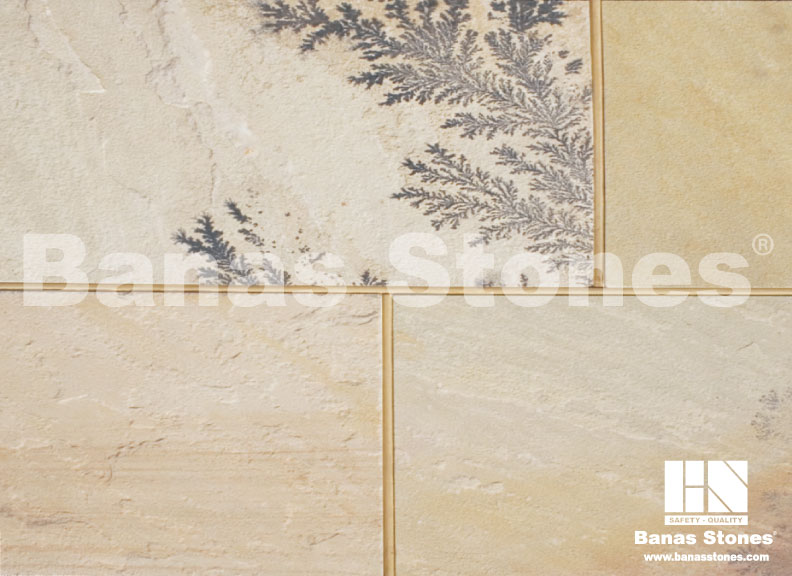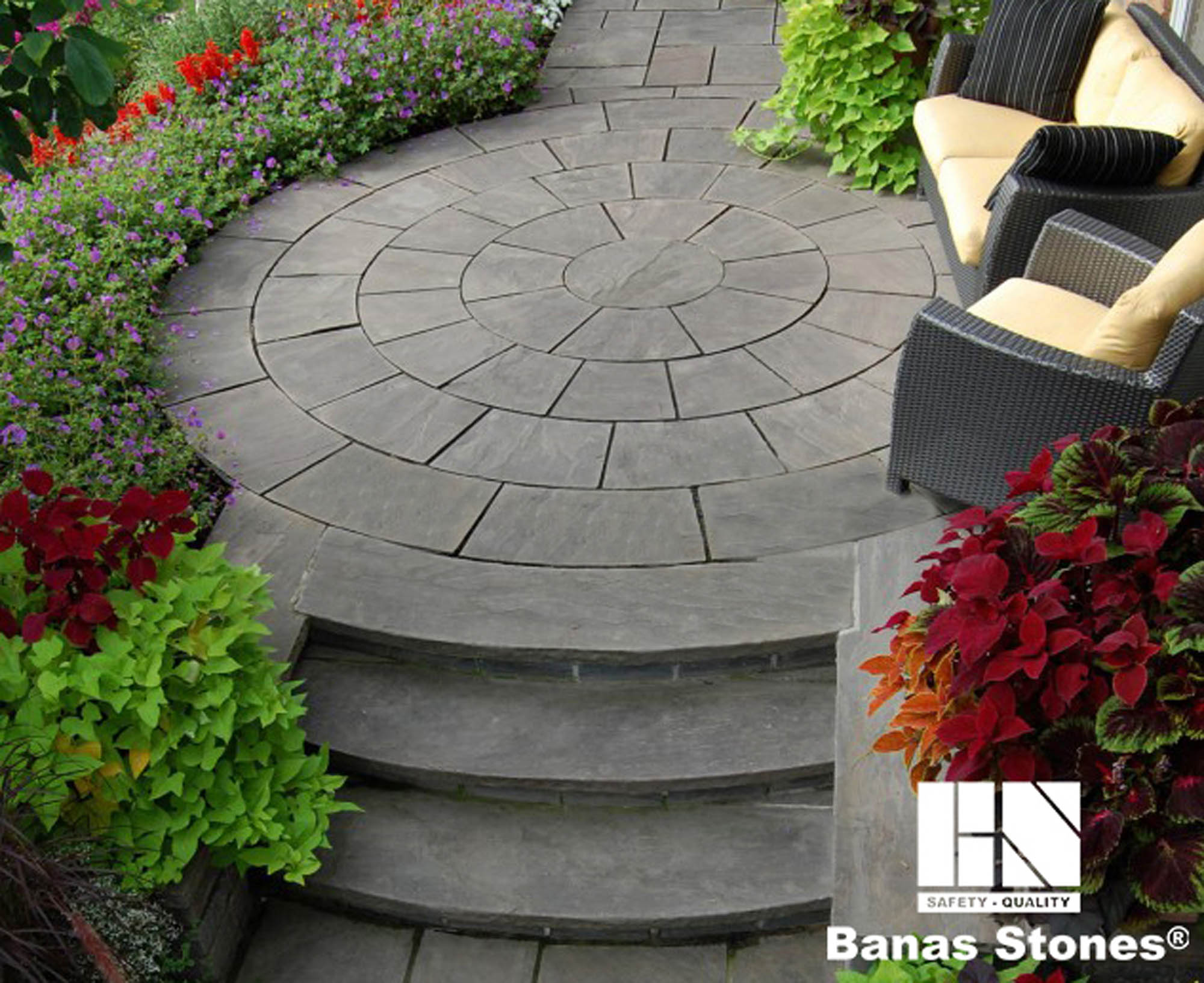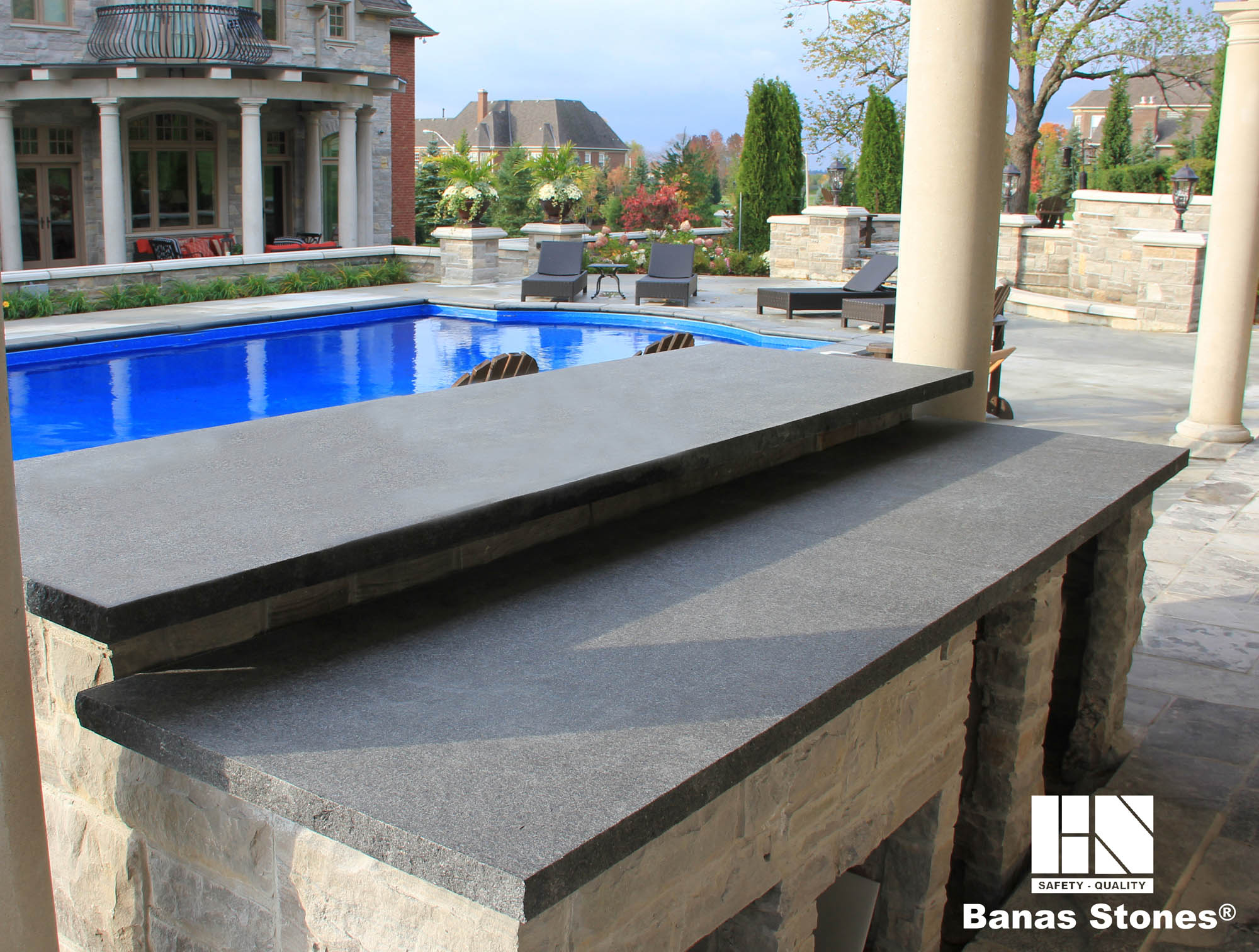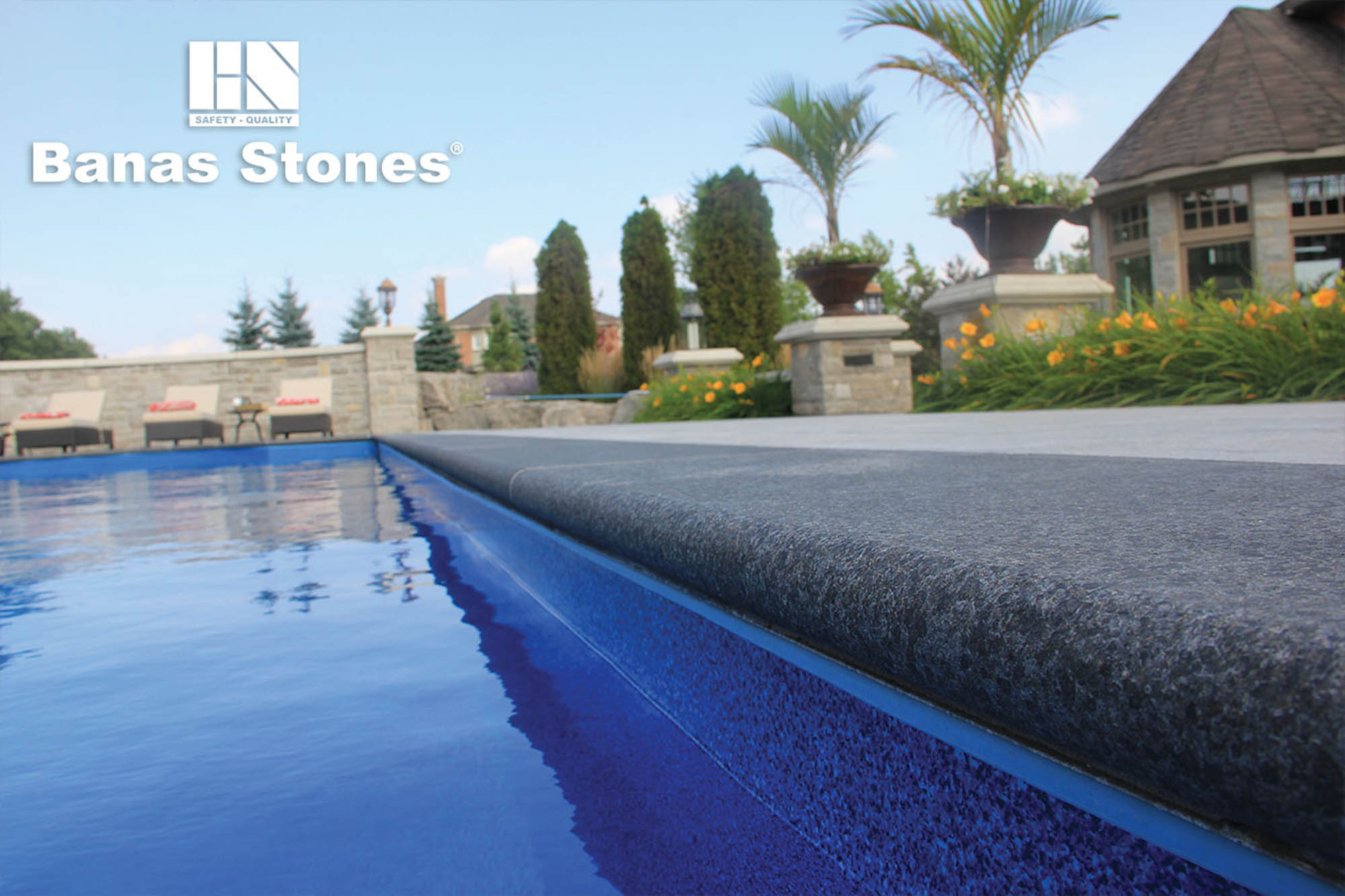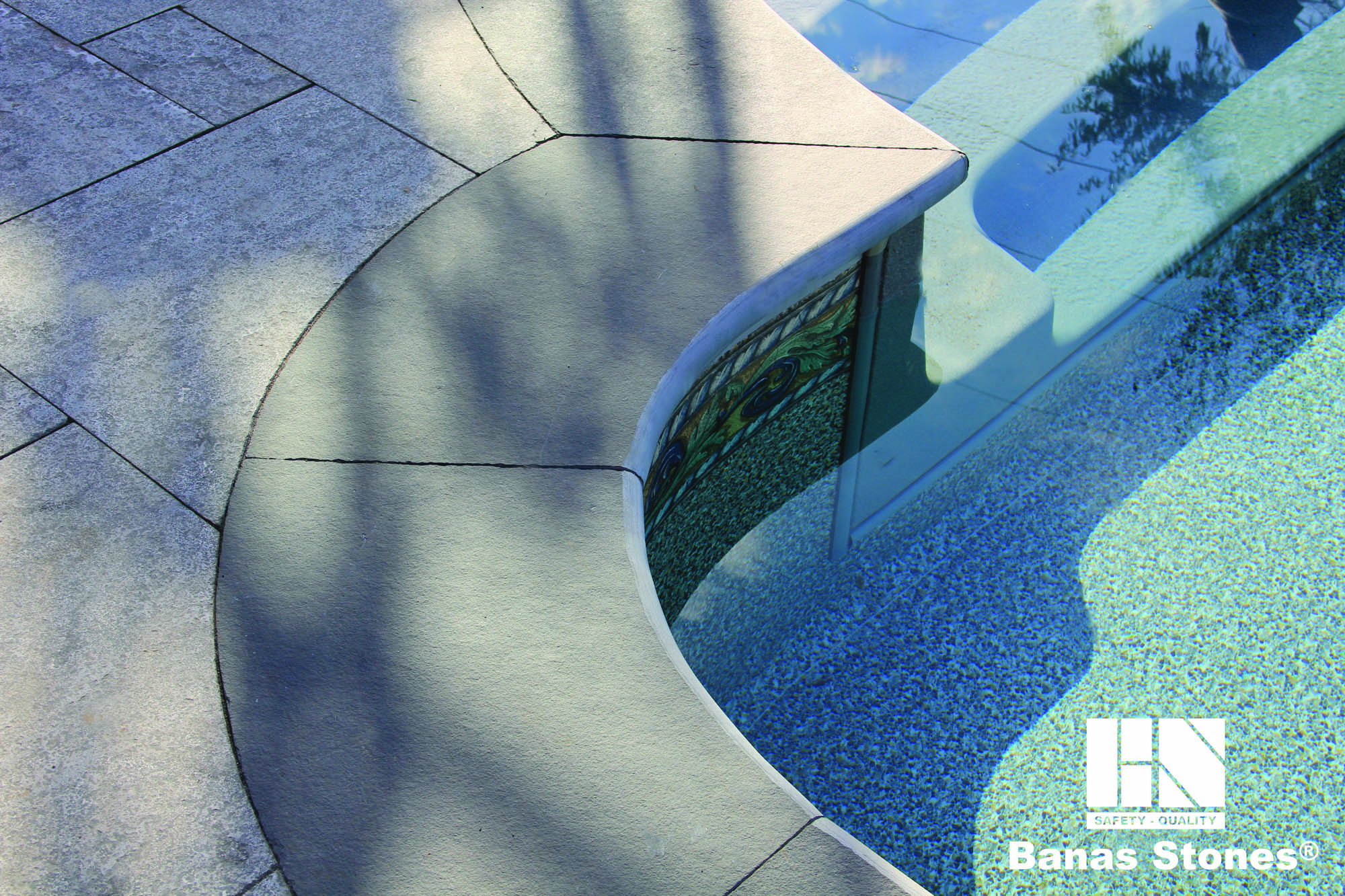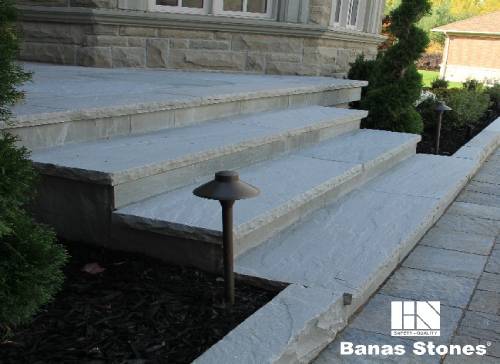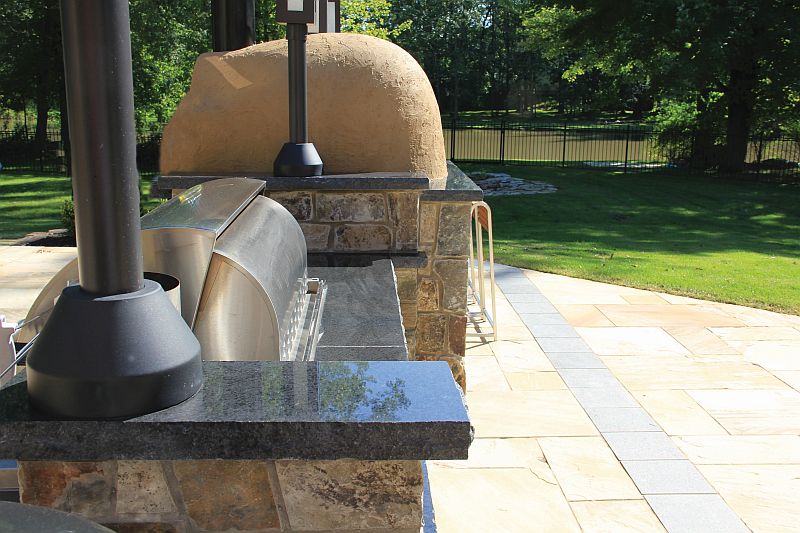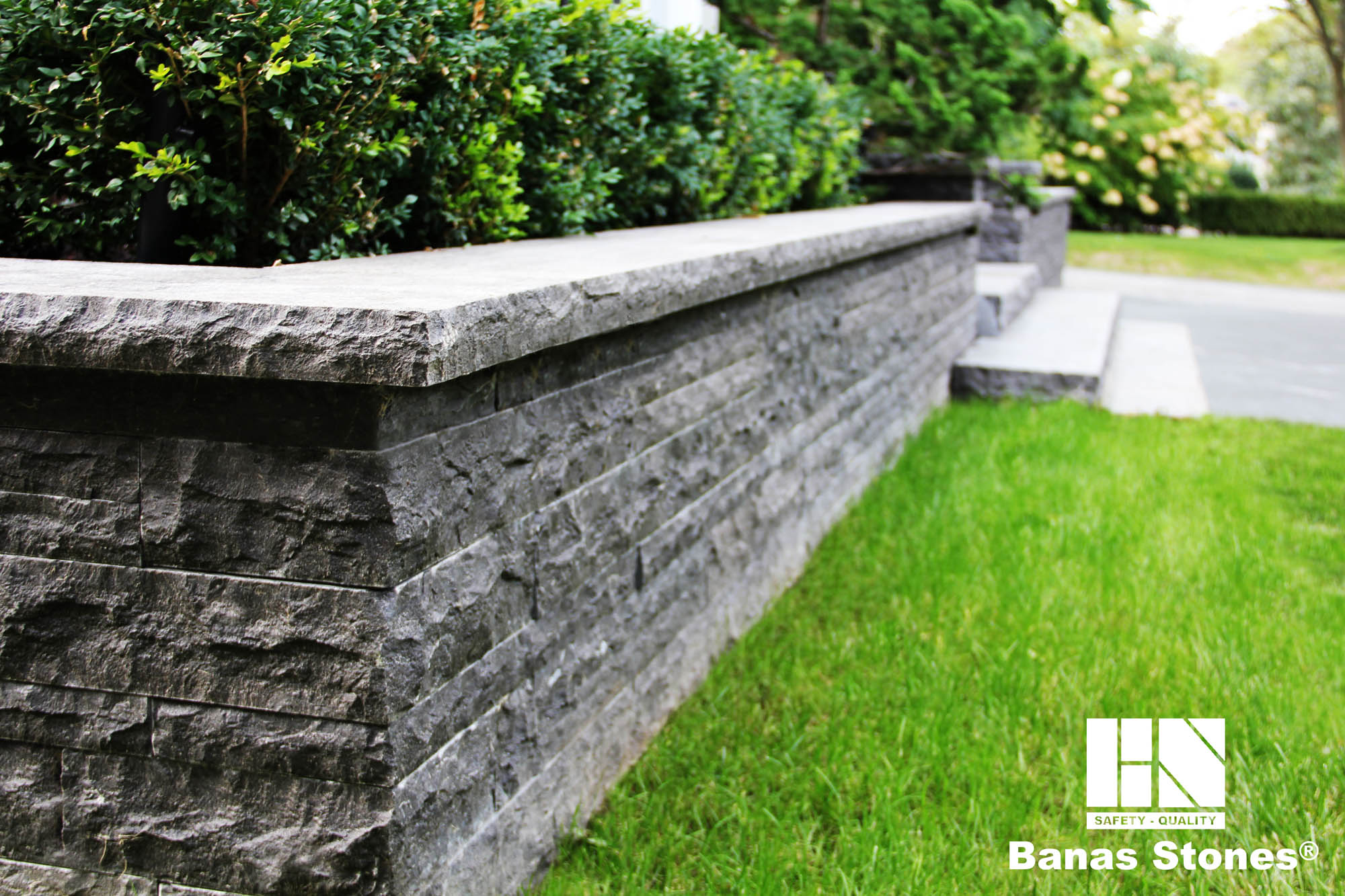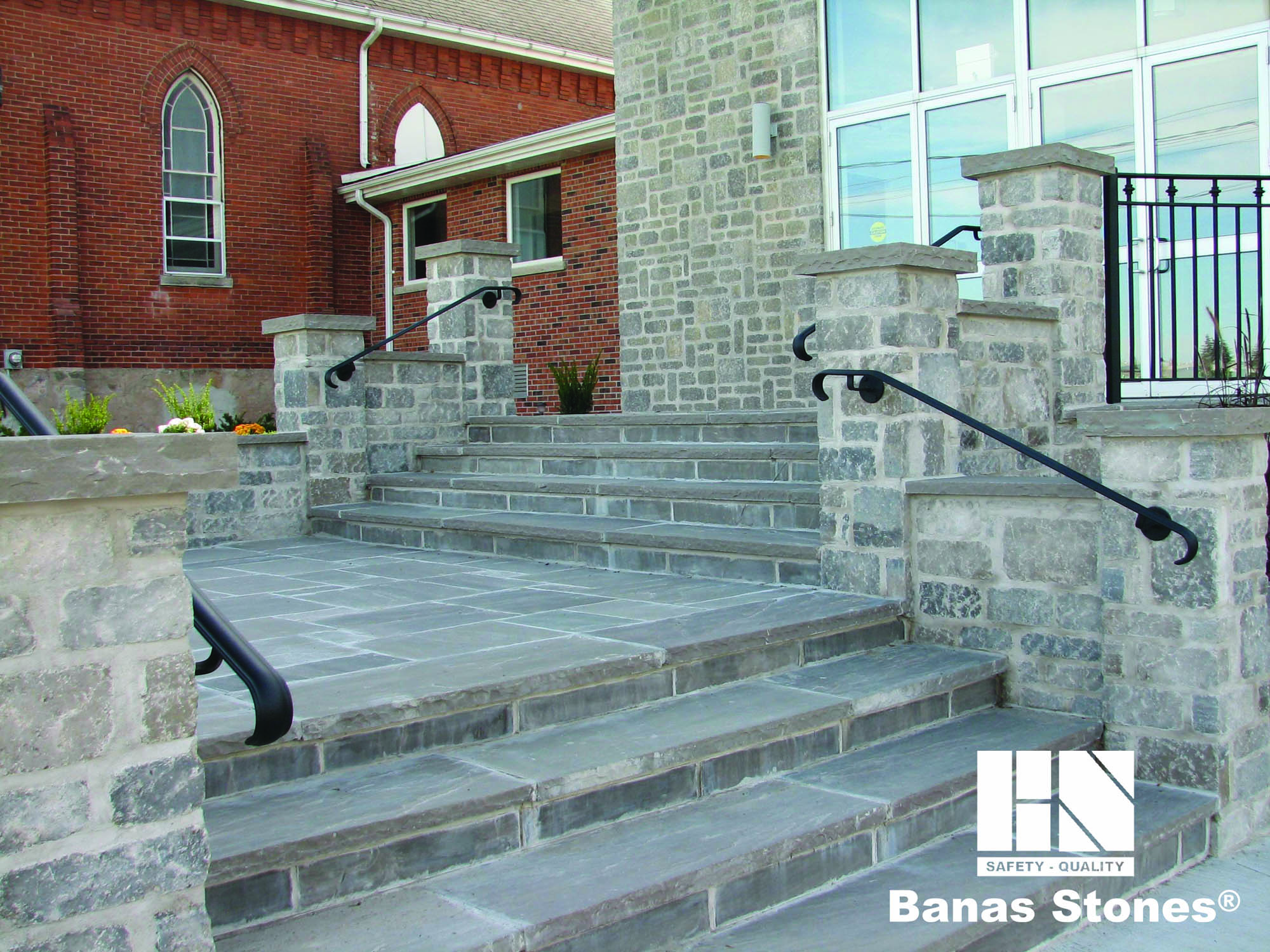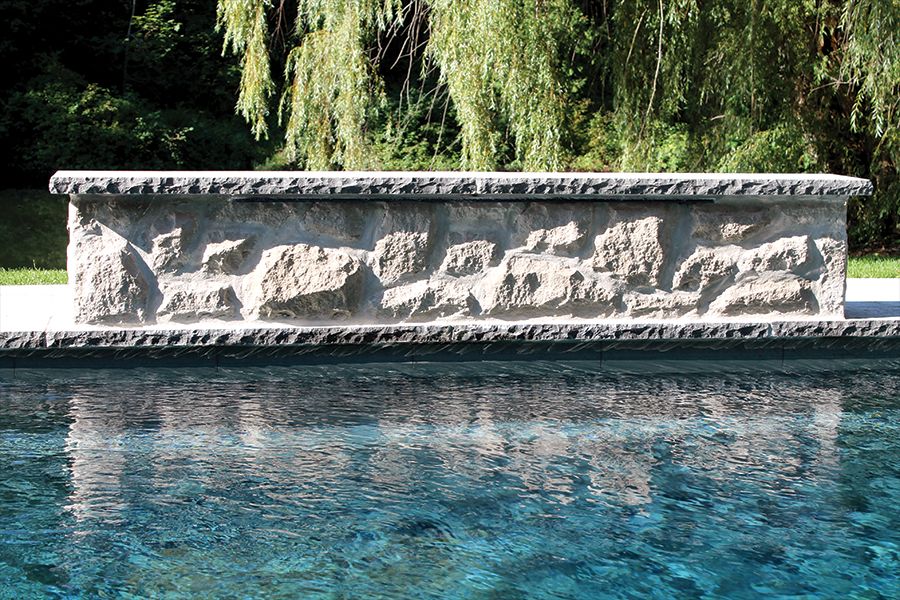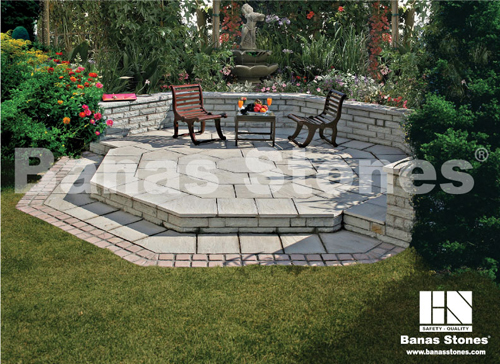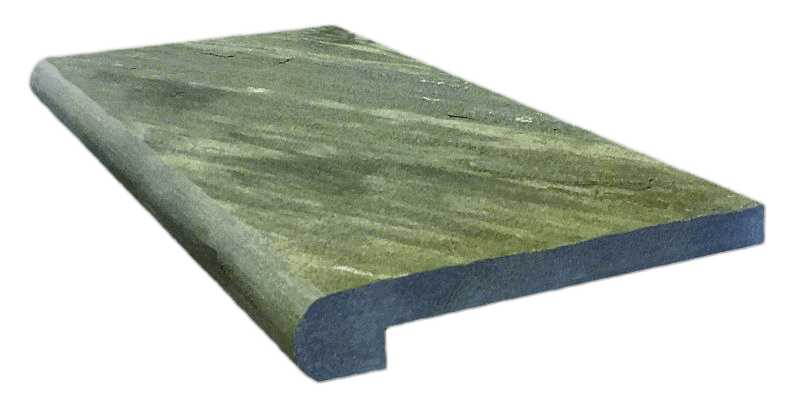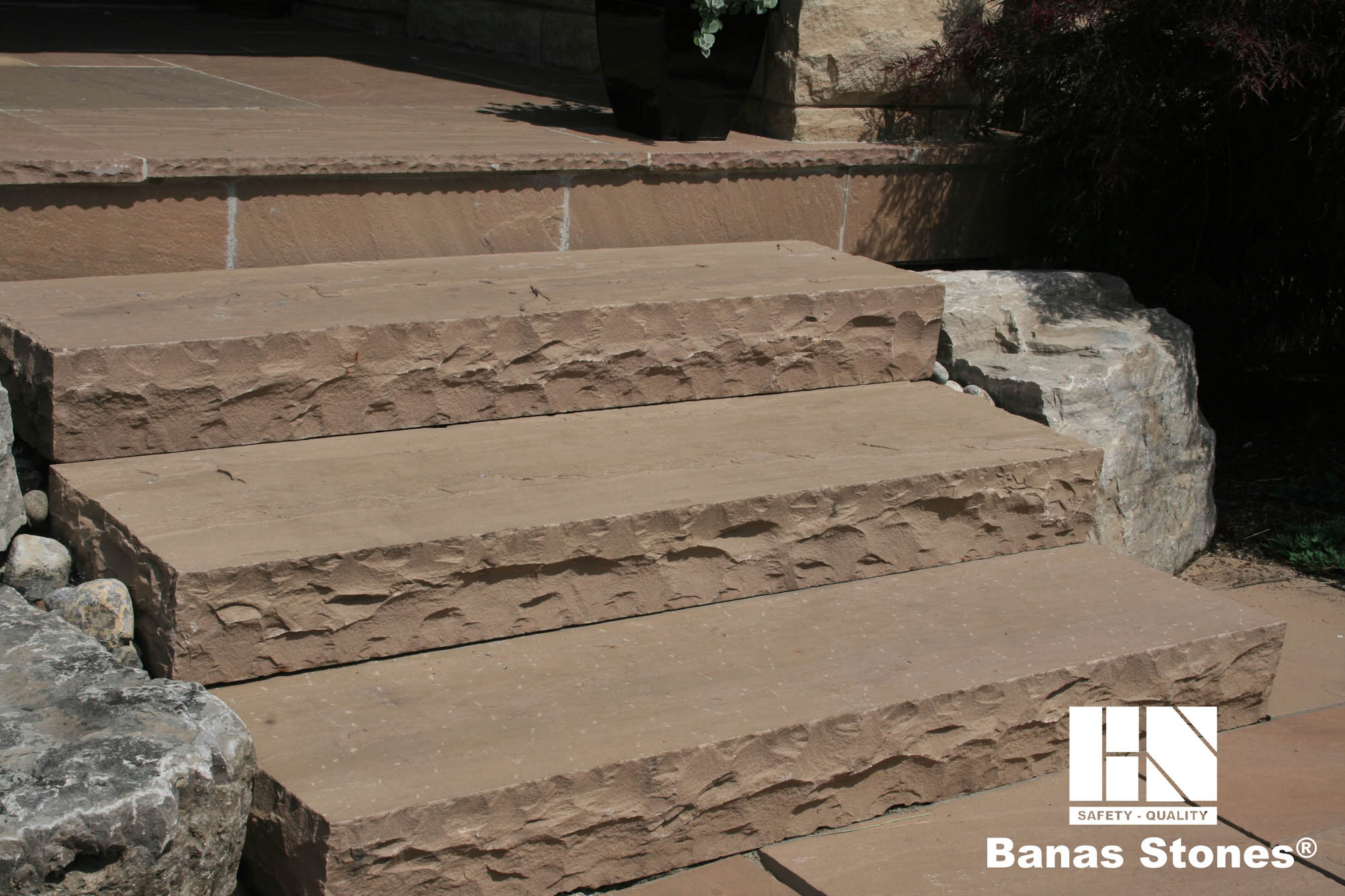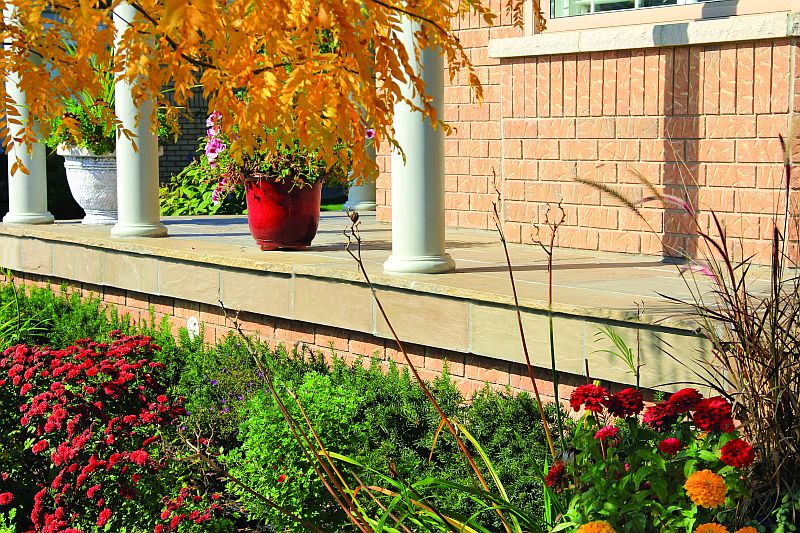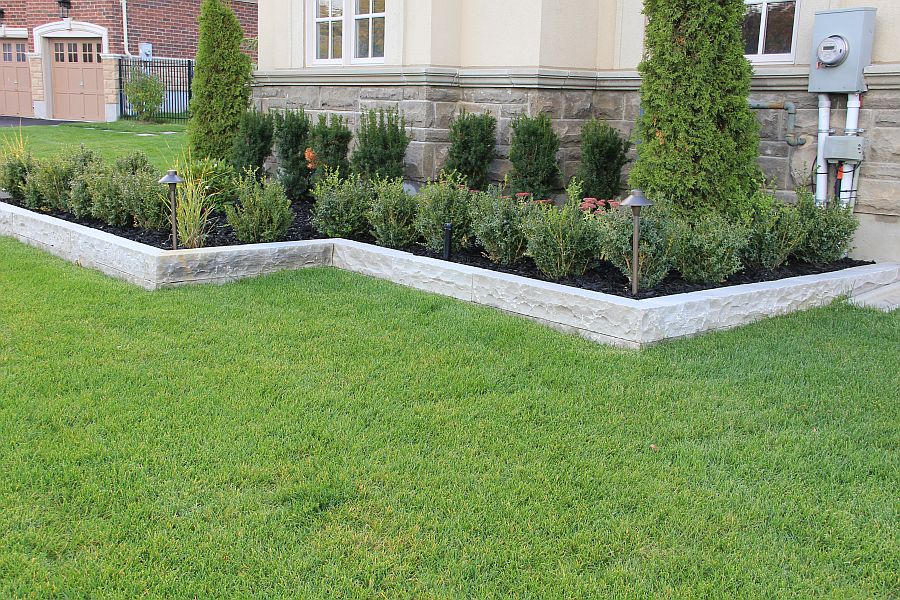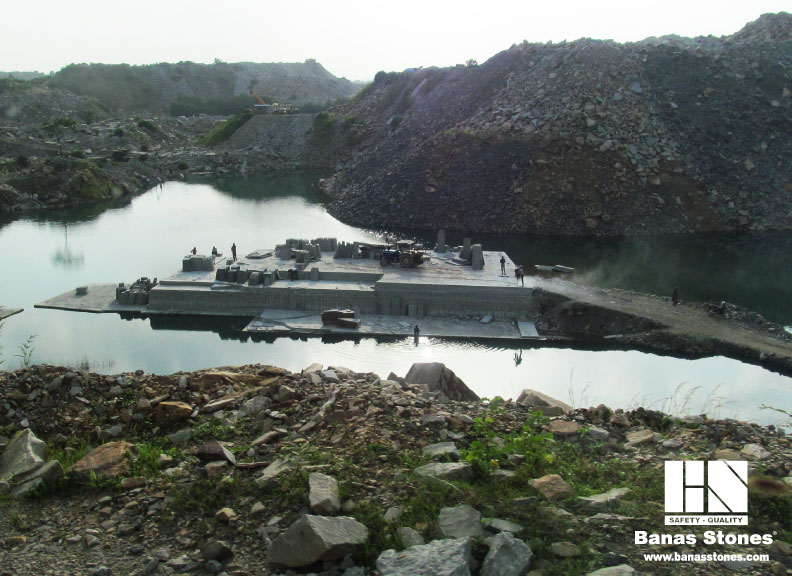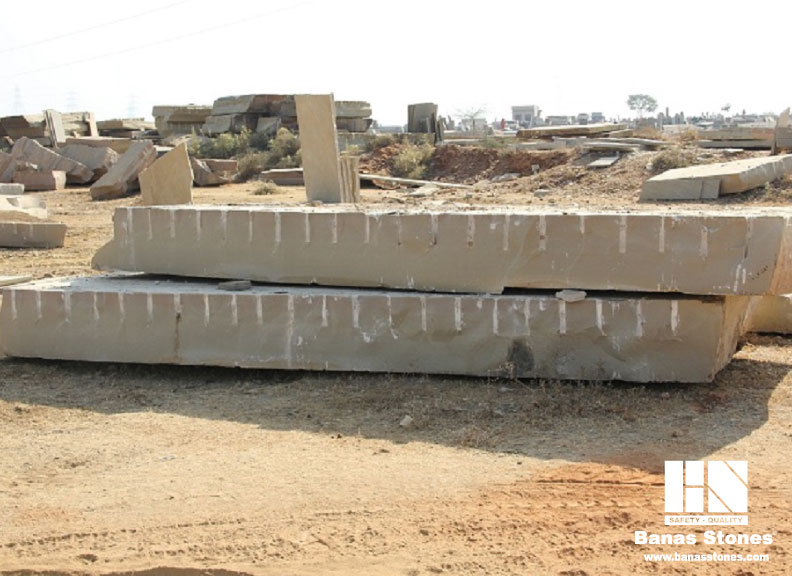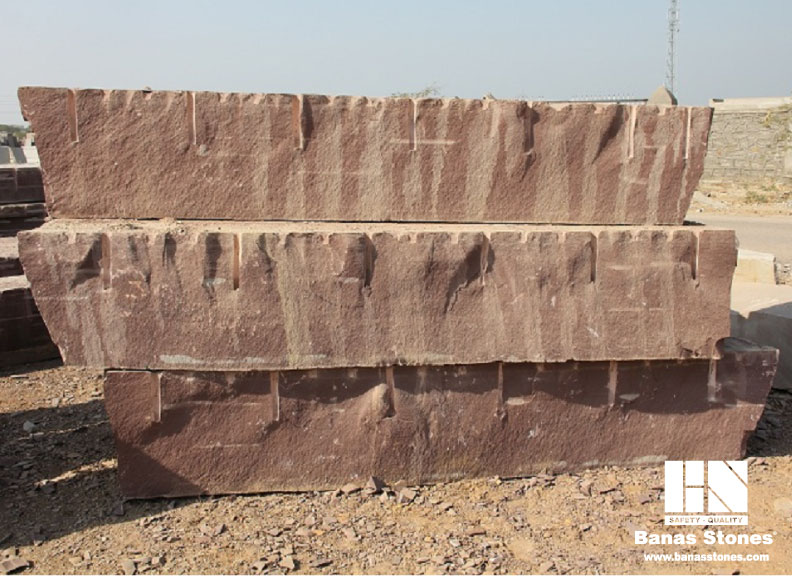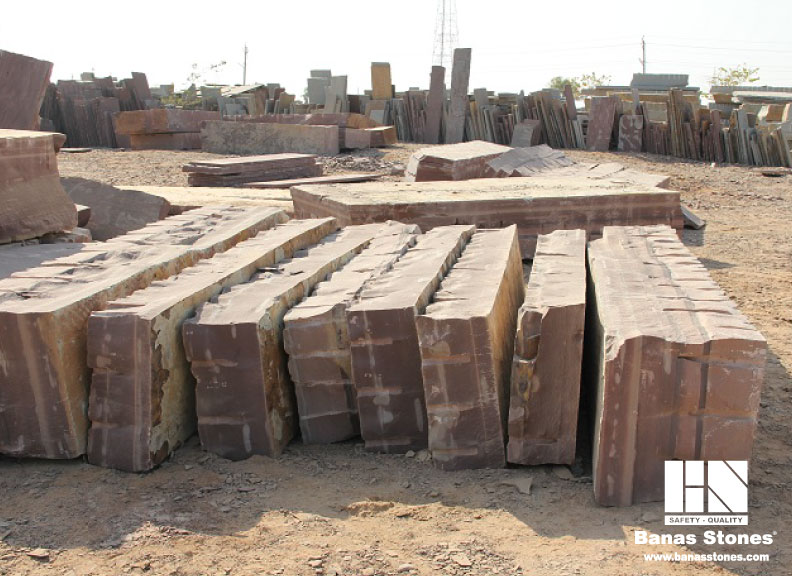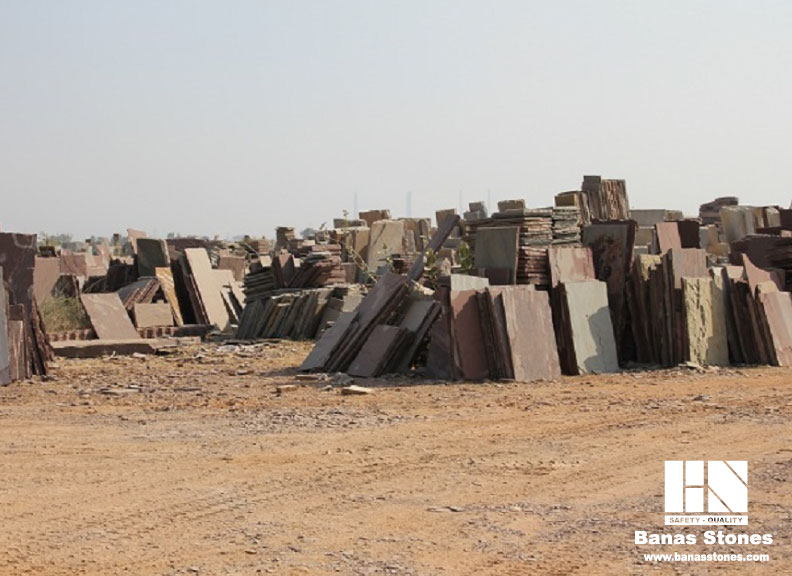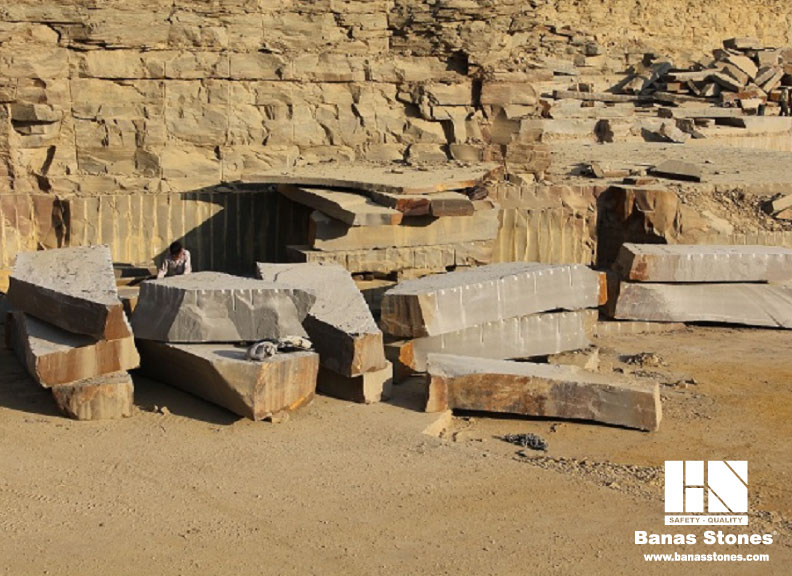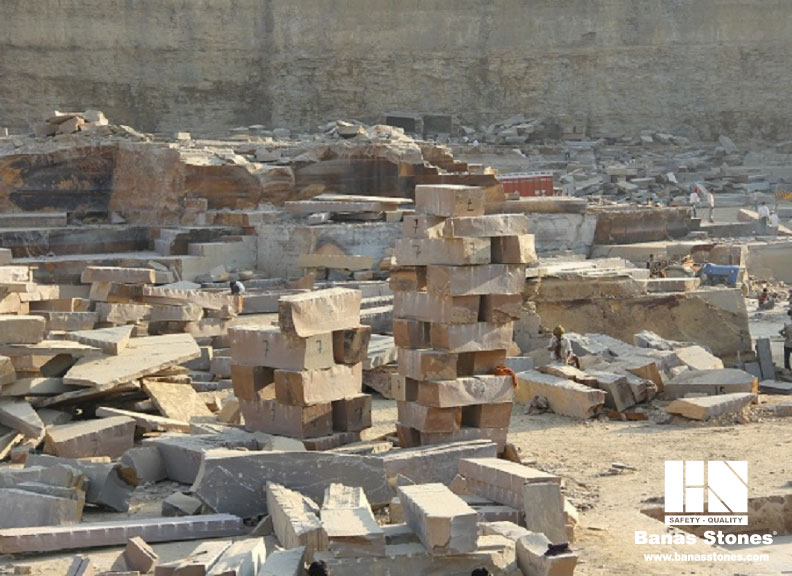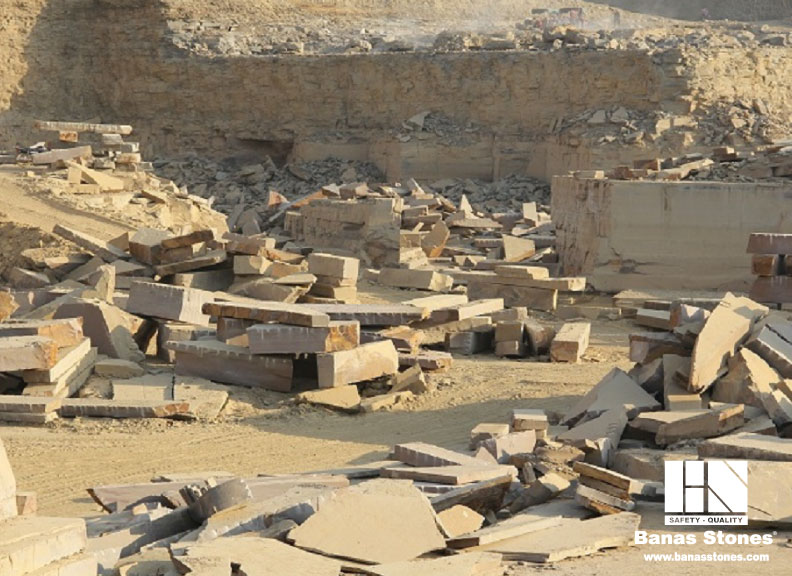Sandstone tends to record the history of surface conditions of when the sand originated because of the rapidity with which it forms and the porous nature of the stone. It is because of this tendency to demonstrate the surface conditions when it forms that sandstone tends to have uniform colour throughout the stone, making it the perfect option for a design project that requires consistent colouring.
Some types of sandstone are resistant to weathering yet are easy to work with so this makes sandstone a common building and paving material. Compared to granite, sandstone is a softer stone and easier to manipulate, and has been used as a building material dating back to prehistoric times. Sandstone was the stone of choice when constructing such famous buildings at the White House in Washington, DC, and the gateways to the Taj Mahal in India.
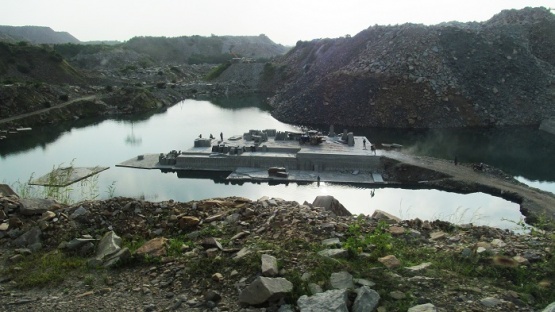
Sand beds are deposited so rapidly by wind and water that snake and animals tracks and even raindrops may leave fossil imprints on various types of sandstone. This effect can easily be seen on Banas® Fossil, which has fern-like imprints on some of the stones. These ‘imprints’ are actually mineral deposits that were deposited so quickly by the water that they scattered to form a beautiful fern-like pattern that can easily be incorporated into any landscaping design.
Metaphysical Properties
Zodiac – Gemini
Typical colours – creamy white to tan to rusty brown
Sandstone is a stone of creativity. It helps to build and strengthen the cohesiveness and solidarity within relationships. Encourages truth and promotes clarity in thought and sight. Sandstone balances one’s reality and facilitates ease of movement and change. It dispels abrasiveness of character and promotes loving acceptance of humanity. Discourages bad tempers and general grouchiness.
Sandstone treats wounds and broken bones. It improves water retention and assists in the restoration of degenerative eyesight, weak fingernails and thinning hair.
Sandstone is basically sedimentary rock composed of grains of sand, which are then cemented together by either quartz (silica), calcite, feldspar or clay. Colors range from white, cream, and tan to deep browns and reds (sometimes purples and pinks!). The presence of iron or manganese oxides creates the lovely reds, yellows and rusty-browns of some sandstones.
Because Sandstone is created by either wind or water, it is often called a “stone of creativity”. It strengthens relationships within groups, both at home and the workplace. Use Sandstone to keep you from getting distracted, especially during mediation. A cheerful stone, Sandstone keeps those annoying tantrums and mood swings under control. When used on the Sacral chakra, Sandstone can help you discern the truth among those around you and to keep your mind clear when making decisions.
Physically, Sandstone can help strengthen bones, nails and hair. It is also helpful with disorders of the eyes as well as water retention.

